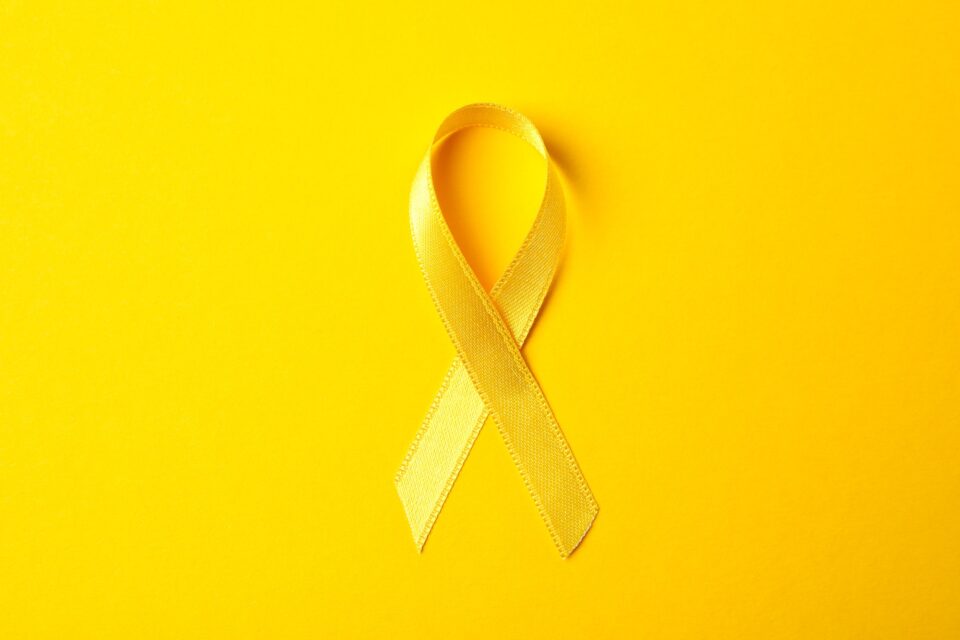An image of summer at its height is sunflowers bobbing their heavy heads in the slow, humid wind. Around the world, sunflowers have meaning beyond their season’s beauty. They symbolize hope for a brighter future in the sarcoma community.
For a brighter future, awareness is needed about sarcomas. Sarcomas account for about 1% of adult cancers. However, they represent 15% of all childhood cancers (cancer.net). Sarcomas are cancers that develop from bones or soft tissues.
With more than fifty different types of sarcomas, all require their own specialized treatment depending on the location, size, and cell type.
For example, soft tissue sarcoma (STS) is the most common type of sarcoma. Let’s look more in-depth at STS.
Risks and Predispositions
First, let’s consider the risk factors for STS.
- previous radiation therapy
- genetics
- issues with your immune system
- lymphedema
- and exposure to chemicals, such as…
- vinyl chloride monomer (found in certain types of plastics)
- agent orange
- dioxin (mostly found in waste-burning incinerators)
Warning Signs & Symptoms
Before we examine the signs and symptoms of STS, we need to know where STS is found in the body:
- blood vessels
- fat cells
- the lining of joints
- lymph
- muscle
- tendons
- nerves
Basically, this means sarcomas could show up anywhere. Sarcoma usually goes unnoticed since they are mostly asymptomatic. It’s usually not discovered until a mass can be palpated or the patient seeks medical care for unexplained pain.
Diagnosis
Soft tissue sarcoma diagnosis occurs by a physical exam, imaging studies, and biopsies to determine the cellular make-up for treatment planning. A pathologist will be able to decide on the exact cell type. Molecular testing takes this examination even deeper to see if any identified genes warrant even more targeted therapy.
After the completion of tests, the development of an individualized multi-disciplinary treatment plan specific to the cellular components of the STS begins. The length of treatment varies and depends on the pathologist’s final results.
Treatment of Soft Tissue Sarcoma
Finally, treatment can be as simple as surgical removal or as complex as needing to undergo chemotherapy and radiation. More aggressive forms of STS have a possibility of metastasizing, meaning spreading to other parts of the body.
Roughly 60% of sarcomas are localized and can be treated with surgery alone. The survival rate is 81% for this kind of STS. STS with greater complexity will require a more complex treatment plan. This affects the survival rates accordingly.
Talk to your primary care physician if you have questions about the predispositions of soft tissue sarcoma or if you have a question about the signs of STS. It is always okay to ask questions and be the captain of your own health.
INTERESTED IN HOW WHEELHOUSE CAN AID IN THE PREVENTION OF CANCER IN THE WORKPLACE? LEARN MORE.
Sources:
Raise Awareness | Sarcoma Alliance







